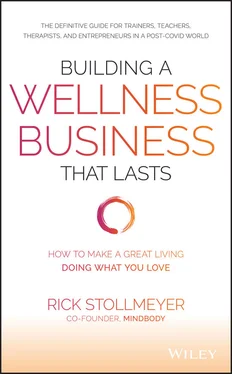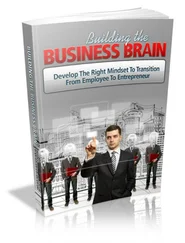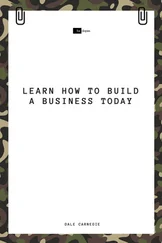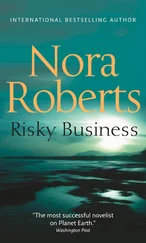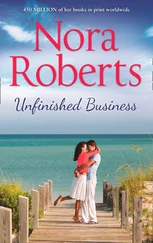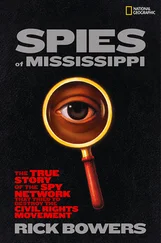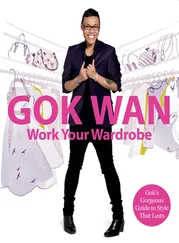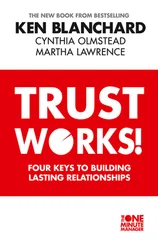Although several upperclassmen tried to drive me out, they didn't succeed. In the end, with the emotional support of my parents, the help of my classmates, and a few blessed doses of good luck, I graduated, received my commission as an ensign in the Navy, and was selected for the nuclear submarine program.
I served aboard the USS Chicago (SSN-721), a fast attack submarine doing important missions in the Western Pacific. This was in the final years of the Cold War with the Soviet Union and our ship participated in multiple missions designed to prevent a hot war from breaking out. Most of these I can never talk about, but I can say that we were fortunate to never go into battle, damage the ship, or lose a shipmate. But the real specter of those possibilities hung over us constantly. It was dangerous work and unbelievably intense. A nuclear submarine is one of the most complex machines ever created, and keeping it running safely is a constant battle against the elements. A submarine crew works 24/7 and sleep quickly becomes the most precious commodity.
When I left the Navy at age 28, I was a profoundly stronger person than the scared kid who had broken down in tears at the sound of his mother's voice a decade earlier. Those were hard years, but they were purpose-driven and they introduced me to some of the best people I have ever known. Most important, the Navy showed me about the hidden strength inside each of us, taught me humility, and gave me a global perspective. Staring into the face of war for ten years, I became deeply committed to peace.
In my first six years after the Navy I held six different engineering management jobs in four different companies. None of those roles inspired me and I began to feel that I must not be cut out for business. What I was really feeling were my family's entrepreneurial roots tugging at me. In 2000, I left corporate America behind to co-found Mindbody with my high school buddy Blake Beltram and ran that business as president or CEO for nearly twenty years.
Blake was also raised in a small-business family, and we shared a deep empathy for the scrappy grass-roots entrepreneurs who were opening neighborhood boutique studios in Los Angeles, San Francisco, and New York. These people were leading a boutique fitness movement that we would later identify as the Second Wave of Wellness (see Chapter 3, “The Generational Lens”), and they included two amazingly powerful women who would play pivotal roles in our future. The first was Mari Winsor, the “Pilates Teacher to the Stars” who had engaged Blake to build a PC software solution that could manage and link her hugely successful Beverly Hills and West Hollywood studios. The second was Blake's future wife, Cynthia Graham, a Black entrepreneur and wellness innovator who together with her sister Karyn opened RPM Studios in 1998, one of the first Spinning ®studios in the San Fernando Valley.
Mindbody's first products were PC software solutions designed to help wellness business owners simplify their operations, boost their revenues, and stay connected to their clients. But we had much bigger dreams. We envisioned a platform that could help drive millions more people to those studios and thereby connect the world to wellness. That intention would later be captured in Mindbody's Purpose Statement:
To Help People Lead Healthier, Happier Lives by Connecting the World to Wellness
Achieving our vision would prove to be much harder than we ever imagined. But thanks to the good faith of hundreds of early adopter customers, the help of multiple mentors and investors, and the talented efforts of thousands of team members, our vision has been realized.
Mindbody now helps tens of millions of consumers engage with tens of thousands of wellness businesses worldwide. Our platform manages both retail brick-and-mortar and virtual wellness businesses, including many hybrid businesses that have sprung up since COVID-19. Our company employs more than 1,400 team members in offices on four continents, and millions of wellness experiences are managed on our platform each day.
There was much we didn't know twenty years ago about building a software business. We didn't even know how much we didn't know. But we did know the most important thing for any entrepreneur: our customers. By keeping those customers as our North Star and striving constantly to know them better, we were able to figure out the rest.
In this book you will gain a deeper understanding of the wellness industry and learn how to define your ideal customers. Armed with that insight, you will learn how to prepare yourself for success, conceive a wellness business that lasts, and launch that business successfully.
My life's journey has included many hard lessons, most learned with the help of friends, customers, and mentors and several with accompanying doses of pain along the way. My ultimate purpose in writing this book is to pay that forward, passing along as many hard-earned lessons as possible.
Whether your dream is to be an independent wellness practitioner, small business owner, or creator of the next global brand, I hope this book inspires you, helps you to better target and serve your customers profitably, and saves you from learning some lessons the hard way.
PART I Understand the Wellness Industry
1 Making a Living in Wellness
Building a successful and sustainable wellness business is far from easy. This industry, which began in earnest in the late 1970s, has been subject to changing consumer tastes, rapidly evolving technologies, and unpredictable disruptions ever since. The fitness class or wellness service that is hot today could be old news in a few years, and every once in a while an unexpected disaster like 9/11, a sharp economic downturn, or COVID-19 can upend your carefully laid plans.
Many prospective wellness entrepreneurs don't want to hear that, particularly yoga and Pilates teachers, and practitioners of ancient arts such as Ayurveda and traditional Chinese medicine. Yes, these practices are centuries old and proven to work. But, as a business owner, your principal challenge is not whether your modality works. Your principal challenge is how to deliver experiences around that modality that tomorrow's consumers will pay for so that you can earn a sustainable profit. This is the essential ingredient of a successful wellness business.
As we will lay out in the next chapter, the modern wellness movement has occurred in three distinct waves, each driven by the arrival of a new generation of adults coupled with key advancements of technology. Now in the 2020s, we are surely on the cusp of yet another wave, the onset of which has been accelerated by COVID-19. In the decade to come, we can be certain that hundreds of millions more people will make wellness a top priority in their lives. What we cannot be certain of is which wellness practices and forms of delivery those people will favor. But we can make educated guesses both by understanding the societal forces that have shaped the modern wellness movement and by being astute observers of the trends happening around us.
Most important, we can commit ourselves to business plans that are agile and hedged against future disruptions and that are capable of absorbing economic shocks and rapidly adapting to match changing technologies and consumer tastes.
Therefore, to successfully create wellness businesses that last, we must embrace a paradox. We must be disciplined enough to prepare ourselves and create well-thought-out plans, committed enough to see our plans to fruition, and nimble enough to change course when our concepts don't work or the tide turns against us. This means staying grounded in the timeless principles of the wellness experience—movement, nutrition, mindfulness, and social connection—while staying flexible in how best to deliver these outcomes to our clients.
Читать дальше
